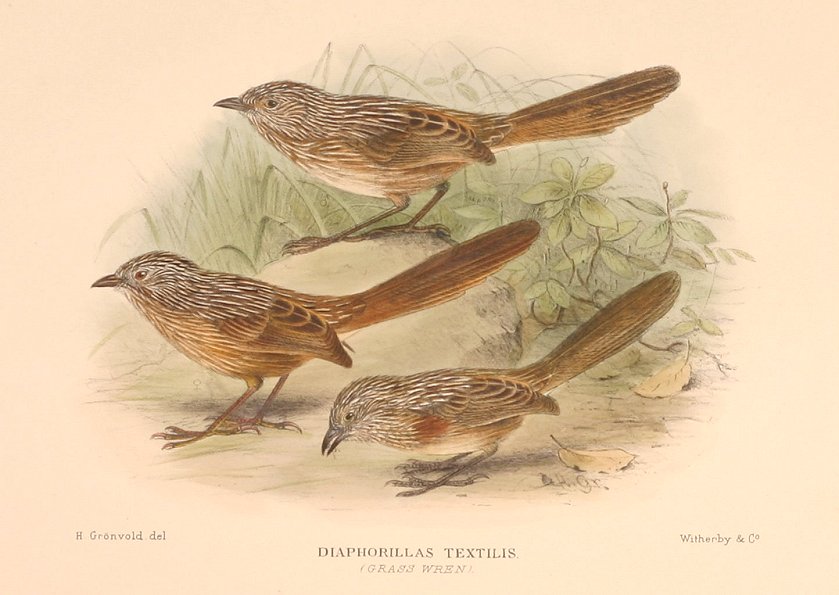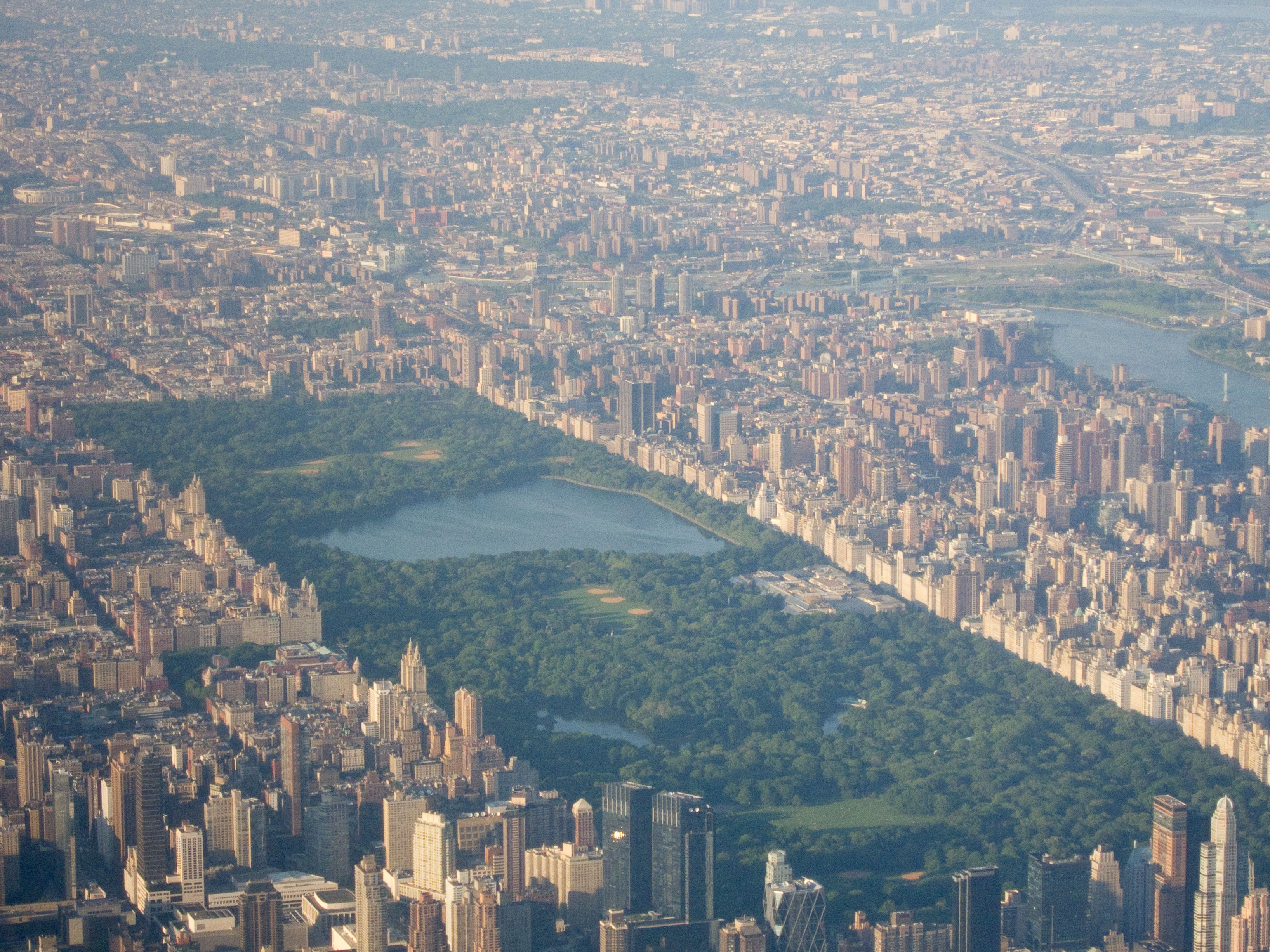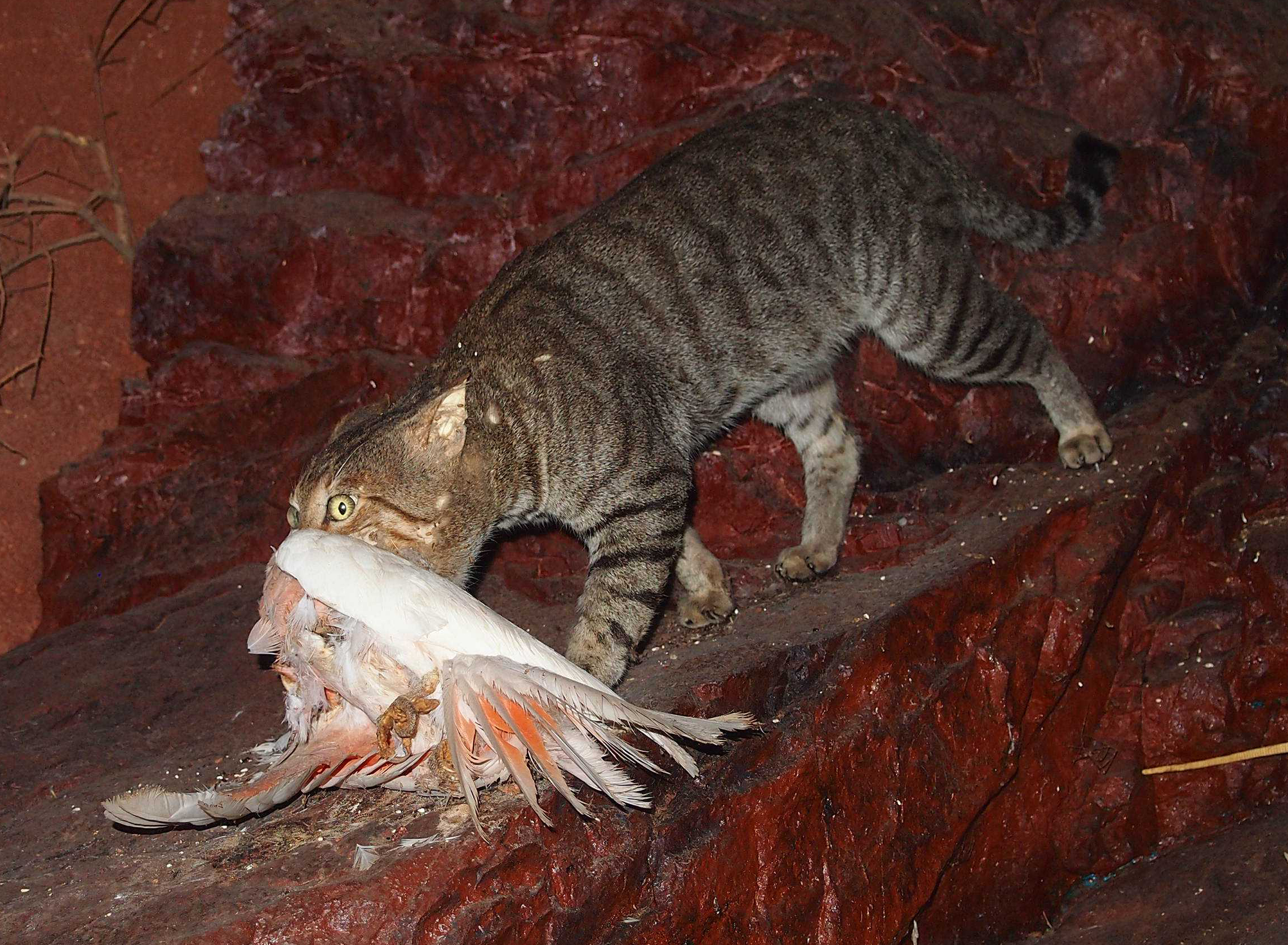|
Thick-billed Grasswren
The thick-billed grasswren (''Amytornis modestus'') is a species of bird in the family Maluridae. It is endemic to Australia. Its natural habitat is Mediterranean-type shrubby vegetation. Taxonomy and systematics The thick-billed grasswren was formerly considered as conspecific with the western grasswren until split as a separate species in 2010. Subspecies Seven subspecies have been identified in recent studies (Black 2011, 2016; Austin et al. 2013): * †''A. m. modestus'' – (North, 1902): Now extinct. Formerly found in Northern Territory * ''A. m. indulkanna'' – ( Mathews, 1916): Found in Northern Territory and South Australia * ''A. m. raglessi'' – Black, 2011: Found in Flinders Ranges in South Australia * ''A. m. curnamona'' – Black, 2011: Found in Lake Frome Basin in South Australia * ''A. m. cowarie'' – Black, 2016: Found in Sturt Stony Desert in South Australia * ''A. m. obscurior'' – (Mathews, 1923): Found in New South Wales * †''A. m. inexpectatu ... [...More Info...] [...Related Items...] OR: [Wikipedia] [Google] [Baidu] |
Alfred John North
Alfred John North (11 June 1855 – 6 May 1917) was an Australian ornithologist. North was born in Melbourne and was educated at Melbourne Grammar School. He was appointed to the Australian Museum, Sydney in 1886 and was given a permanent position there five years later. He wrote a ''List of the Insectivorous Birds of New South Wales'' (1897) and a ''Descriptive Catalogue of the Nests and Eggs of Birds Found Breeding in Australia and Tasmania'' (1889) with George Barnard as co-author. He described a number of birds for the first time, many in the ''Victorian Naturalist'', the magazine of the Field Naturalists Club of Victoria of which he was a founding member. ReferencesNorth, Alfred John (1855 - 1917)at Bright Sparcs, University of Melbourne The University of Melbourne is a public research university located in Melbourne, Australia. Founded in 1853, it is Australia's second oldest university and the oldest in Victoria. Its main campus is located in Parkville, an inner ... [...More Info...] [...Related Items...] OR: [Wikipedia] [Google] [Baidu] |
Sturt National Park
The Sturt National Park is a protected national park that is located in the arid far north-western corner of New South Wales, in eastern Australia. The national park is situated approximately northwest of Sydney and the nearest town is , away. Established in 1972, the park is named in honour of Charles Sturt, a colonial explorer. The park features typical outback scenery of flat, reddish-brown landscapes. It was resumed from five pastoral properties. The Sturt National Park was featured in British documentary called ''Planet Earth''. The Dingo Fence was built along the national park's northern boundary. Flora Flora consists mostly of mulga bushland and arid shrubland, particularly Saltbush. After good rain the harsh landscape is transformed by the growth of wildflowers including Sturt's desert pea. Fauna Mammals At least 31 species of mammal have been recorded in the park. The most obvious to visitors include the red kangaroo, western grey kangaroo, eastern grey kangar ... [...More Info...] [...Related Items...] OR: [Wikipedia] [Google] [Baidu] |
Vulnerable Species
A vulnerable species is a species which has been Conservation status, categorized by the International Union for Conservation of Nature as being threatened species, threatened with extinction unless the circumstances that are threatened species, threatening its survival and reproduction improve. Vulnerability is mainly caused by habitat loss or destruction of the species' home. Vulnerable habitat or species are monitored and can become increasingly threatened. Some species listed as "vulnerable" may be common in captivity (animal), captivity, an example being the military macaw. There are currently 5196 animals and 6789 plants classified as Vulnerable, compared with 1998 levels of 2815 and 3222, respectively. Practices such as cryoconservation of animal genetic resources have been enforced in efforts to conserve vulnerable breeds of livestock specifically. Criteria The International Union for Conservation of Nature uses several criteria to enter species in this category. A tax ... [...More Info...] [...Related Items...] OR: [Wikipedia] [Google] [Baidu] |
Population Fragmentation
Population fragmentation is a form of population segregation. It is often caused by habitat fragmentation. Causes of Fragmentation Fragmentation can be the cause of natural forces or human actions, although in modern times, human activity is the most common cause. Some general causes of fragmentation are: * the development of land around a protected area, even through the addition of a single road lane or fence line, * the captivity, capture or killing of species in an area that links populations, * the movement of a population away from other individuals of that species, such as the natural introduction of wolves and moose on Isle Royale, * geologic processes, such as landslides or volcanoes, dividing a habitat * rising sea levels separating islands from what was once a common landmass, * global warming, especially when coupled with mountains, reducing movement from one habitat to another. Genetic effects Population fragmentation causes inbreeding depression, which leads to a ... [...More Info...] [...Related Items...] OR: [Wikipedia] [Google] [Baidu] |
Macroinvertebrate
Invertebrates are a paraphyletic group of animals that neither possess nor develop a vertebral column (commonly known as a ''backbone'' or ''spine''), derived from the notochord. This is a grouping including all animals apart from the chordate subphylum Vertebrata. Familiar examples of invertebrates include arthropods, mollusks, annelids, echinoderms and cnidarians. The majority of animal species are invertebrates; one estimate puts the figure at 97%. Many invertebrate taxa have a greater number and variety of species than the entire subphylum of Vertebrata. Invertebrates vary widely in size, from 50 μm (0.002 in) rotifers to the 9–10 m (30–33 ft) colossal squid. Some so-called invertebrates, such as the Tunicata and Cephalochordata, are more closely related to vertebrates than to other invertebrates. This makes the invertebrates paraphyletic, so the term has little meaning in taxonomy. Etymology The word "invertebrate" comes from the Latin word ''vertebra'', whic ... [...More Info...] [...Related Items...] OR: [Wikipedia] [Google] [Baidu] |
Bushire
Bushehr, Booshehr or Bushire ( fa, بوشهر ; also romanised as ''Būshehr'', ''Bouchehr'', ''Buschir'' and ''Busehr''), also known as Bandar Bushehr ( fa, ; also romanised as ''Bandar Būshehr'' and ''Bandar-e Būshehr''), previously Antiochia in Persis ( grc, Ἀντιόχεια τῆς Περσίδος, Antiócheia tês Persídos) and Bukht Ardashir, is the capital city of Bushehr Province, Iran and a port city in south of Iran. At the 2006 census, its population was 161,674, in 40,771 families. Bushehr lies in a vast plain running along the coastal region on the Persian Gulf coast of south-western Iran. It is built near the ancient port city of Rishahr (Sassanian, Riv Ardasher). It was the chief seaport of the country and is the administrative center of its province. Its location is about south of Tehran. Bushehr has a desert climate. Bushehr was the main trade center of Iran in the past centuries. The city structures are traditional in style, modest in proportion and ... [...More Info...] [...Related Items...] OR: [Wikipedia] [Google] [Baidu] |
Feral Cats In Australia
Cats are an invasive species in Australia. Because they are not native to Australia and were only introduced by colonisers as pets in the early 1800s, native Australian animals did not co-evolve with them. , some 3.8 million domestic cats and up to 6.3 million feral cats continue to live in Australia. Every year domestic and feral cats in Australia kill 1,067,000,000 mammals, 399,000,000 birds, 609,000,000 reptiles, and 92,000,000 frogs. As one of the most ecologically damaging and the most costly invasive species in Australia, predation by both domestic and feral cats has played a role in the extinction of many of Australia's Indigenous animals. For instance, cats are found to have significantly contributed to the extinction of at least 22 endemic Australian mammals since the arrival of Europeans. For biosecurity reasons, any cats that are imported into Australia must meet conditions set by the Department of Agriculture, Fisheries and Forestry. Historical context Historica ... [...More Info...] [...Related Items...] OR: [Wikipedia] [Google] [Baidu] |
Red Foxes In Australia
Red foxes pose a serious conservation problem in Australia. 2012 estimates indicate that there are more than 7.2 million red foxes (''Vulpes vulpes'') and growing with a range extending throughout most of the continental mainland. The species became established in Australia through successive introductions by settlers in 1830s. Due to its rapid spread and ecological impact it has classified as one of the most damaging invasive species in Australia. Introduction and spread Red foxes were introduced to the British colonies of Van Diemen's Land (as early as 1833) and the Port Phillip District and Sydney Regions of New South Wales (as early as 1845) for the purpose of the traditional English sport of fox hunting. Curiously a permanent fox population was not established on the island of Tasmania and it is widely held that they were outcompeted by the Tasmanian devil. On the mainland, however, the species was successful as an apex predator. The spread of red foxes across the south ... [...More Info...] [...Related Items...] OR: [Wikipedia] [Google] [Baidu] |
Feral
A feral () animal or plant is one that lives in the wild but is descended from domesticated individuals. As with an introduced species, the introduction of feral animals or plants to non-native regions may disrupt ecosystems and has, in some cases, contributed to extinction of indigenous species. The removal of feral species is a major focus of island restoration. Animals A feral animal is one that has escaped from a domestic or captive status and is living more or less as a wild animal, or one that is descended from such animals. Other definitions include animals that have changed from being domesticated to being wild, natural, or untamed. Some common examples of animals with feral populations are horses, dogs, goats, cats, rabbits, camels, and pigs. Zoologists generally exclude from the feral category animals that were genuinely wild before they escaped from captivity: neither lions escaped from a zoo nor the white-tailed eagles re-introduced to the UK are regarded as fera ... [...More Info...] [...Related Items...] OR: [Wikipedia] [Google] [Baidu] |
Overgrazing
Overgrazing occurs when plants are exposed to intensive grazing for extended periods of time, or without sufficient recovery periods. It can be caused by either livestock in poorly managed agricultural applications, game reserves, or nature reserves. It can also be caused by immobile, travel restricted populations of native or non-native wild animals. Overgrazing reduces the usefulness, productivity, and biodiversity of the land and is one cause of desertification and erosion. Overgrazing is also seen as a cause of the spread of invasive species of non-native plants and of weeds. Degrading land, emissions from animal agriculture and reducing the biomass in a ecosystem contribute directly to climate change. Overgrazing can be reversed or prevented by removing grazers in order to give plants time to recover between grazing events. Successful planned grazing strategies have been support in the American bison of the Great Plains, or migratory Wildebeests of the African savann ... [...More Info...] [...Related Items...] OR: [Wikipedia] [Google] [Baidu] |
Loss Of Habitat
Habitat destruction (also termed habitat loss and habitat reduction) is the process by which a natural habitat becomes incapable of supporting its native species. The organisms that previously inhabited the site are displaced or dead, thereby reducing biodiversity and species abundance. Habitat destruction is the leading cause of biodiversity loss. Fragmentation and loss of habitat have become one of the most important topics of research in ecology as they are major threats to the survival of endangered species. Activities such as harvesting natural resources, industrial production and urbanization are human contributions to habitat destruction. Pressure from agriculture is the principal human cause. Some others include mining, logging, trawling, and urban sprawl. Habitat destruction is currently considered the primary cause of species extinction worldwide. Environmental factors can contribute to habitat destruction more indirectly. Geological processes, climate change, introdu ... [...More Info...] [...Related Items...] OR: [Wikipedia] [Google] [Baidu] |
Invertebrate
Invertebrates are a paraphyletic group of animals that neither possess nor develop a vertebral column (commonly known as a ''backbone'' or ''spine''), derived from the notochord. This is a grouping including all animals apart from the chordate subphylum Vertebrata. Familiar examples of invertebrates include arthropods, mollusks, annelids, echinoderms and cnidarians. The majority of animal species are invertebrates; one estimate puts the figure at 97%. Many invertebrate taxa have a greater number and variety of species than the entire subphylum of Vertebrata. Invertebrates vary widely in size, from 50 μm (0.002 in) rotifers to the 9–10 m (30–33 ft) colossal squid. Some so-called invertebrates, such as the Tunicata and Cephalochordata, are more closely related to vertebrates than to other invertebrates. This makes the invertebrates paraphyletic, so the term has little meaning in taxonomy. Etymology The word "invertebrate" comes from the Latin word ''vertebra'', whi ... [...More Info...] [...Related Items...] OR: [Wikipedia] [Google] [Baidu] |










